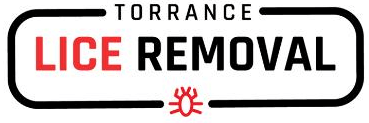Consumer Reports Challenges Pesticide Lice Treatments
Pesticide Lice Treatments Ineffective?
Over-the-counter (OTC) lice treatments are now widely considered ineffective against head lice. The most recent research, published in the Journal of Medical Entomology, found that head lice in 42 states are 100 percent resistant to OTC lice treatment products.
The watchdogs at Consumer Reports have questioned (1) why these products, marketed under brand names like Nix and Rid, are still able to claim to be effective against head lice, and (2) why the American Academy of Pediatrics continues to recommend these products as the first line of defense against head lice.
“Consumer Reports reached out to the makers of Nix and Rid,” Joel Keehn of Consumer Reports wrote. “Rid did not respond. Nix says its active ingredient is still recommended by the American Academy of Pediatrics. A spokesperson for the American Academy of Pediatrics says that the organization is not yet changing its recommendation, adding that the AAP continuously reviews ‘the scientific research.’”
OTC lice products use pyrethroids, a class of insecticides, as their active ingredients to kill lice. Pyrethroids are neurotoxins that disrupt the central nervous systems of head lice. The safety of applying neurotoxins to children has been questioned for years. In 2008, the Center for Public Integrity analyzed 90,000 adverse reactions and found that health problems linked to pyrethroids had increased 300 times in 10 years.
Are Prescription Lice Treatments Safe?
Prescription lice medications may not be any safer. Lindane, for example, is an even stronger neurotoxin. “Consumer Reports petitioned the Food and Drug Administration to outlaw that neurotoxic pesticide as a lice treatment as early as 1981, and wrote the agency again in 2015, after lindane was found by the World Health Organization to be carcinogenic to humans,” Keehn wrote. “Despite reports of seizures and even deaths from improper use of topical products containing lindane, it’s still on the market as a prescription drug for lice.”
Another prescription product uses the insecticide malathion, which is highly flammable. “This drug is flammable,” Consumer Reports says, “so any source of heat, such as a hair dryer, could cause your child’s hair to go up in flames. Possible side effects include second-degree chemical burns. Accidental contact with eyes can result in a mild form of conjunctivitis.”

